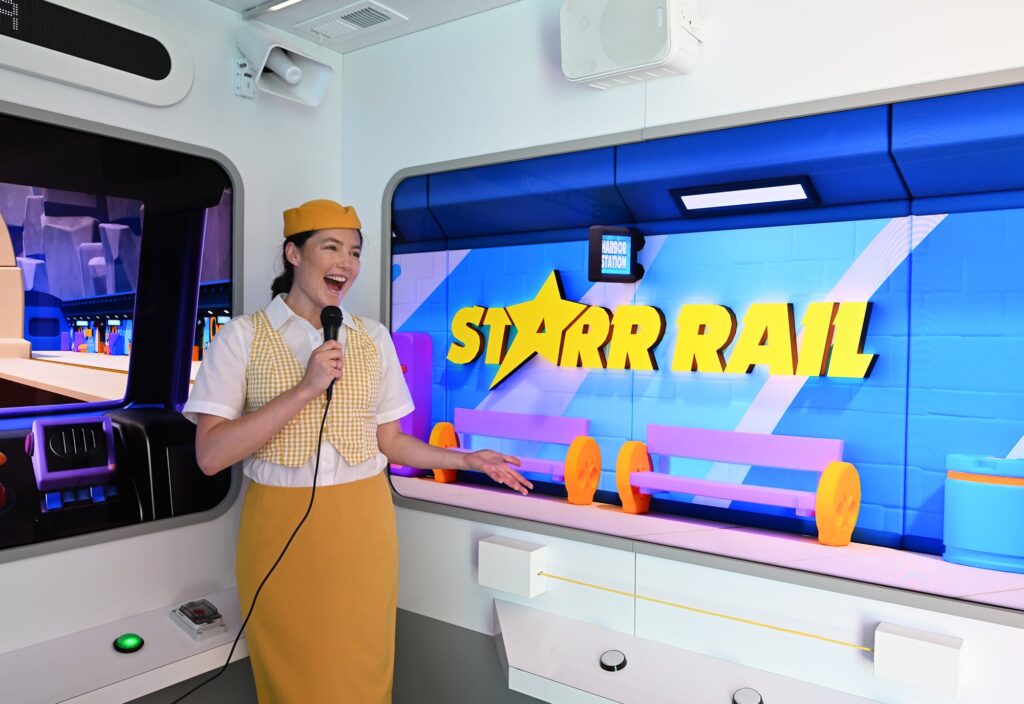
Coupon platform Valpak has branched way out from the iconic blue envelope as a delivery channel, launching a Valpak.com Web site, rolling out its own branded mobile apps and integrating with online couponers such as eDeals.com.
But in what is probably the veteran promotion platform’s most radical extension, Valpak has announced an integration into the location-based smartphone app Junaio that will let users use their phone camera viewfinder to “see” coupon offers hanging over Valpak client merchants as they walk down the street.
The platform uses smartphones’ GPS capability to determine the user’s location and uses augmented reality (AR) to “place” 3D coupons over the street photo in real time. Some of those coupons can be set to pop up from as close as 5 feet away from the store or outlet. Every 300 feet, the app selects the 20 Valpak coupon offers closest to the user. Users can also open up a map of the area to view Valpak coupons available up to 20 miles away.
Opening a Valpak offer on Junaio shows the rebate or purchase deal, or sometimes more than one offer from the same merchant. Buttons on the coupon also let the user plot a route from his current location to the merchant using Google Maps, navigate to the retailer’s Web site or place a call directly from within the app.
And users can redeem any coupons they choose simply by showing the smartphone coupon to the redeeming merchant, who will enter the unique access code. Valpak branding on the Junaio app is very light, consisting mainly of the “Valpak channel” anem at start-up and a small blue “V” check mark next to deals and on the screen when the Valpak channel is open.
“This is part of a broader strategy of ours that has to do with digital products,’ says Jim Buckley, director of digital sales development for Valpak, a subsidiary of Cox Target Media. “About a year and a half ago, we began moving away from a single-site strategy of just driving people to Valpak-branded apps, which we have for all of the [mobile] platforms or to our Valpak.com site. Instead, we’re syndicating our content out to other providers such as Junaio.
“We have a large universe of content providers – today, just under 18,000 advertisers—that run on our core Valpak.com site. We then syndicate that out online to 152 Web sites. This Junaio application is one of a number that we’re doing on mobile devices.
“Since we’ve got the content, the ultimate goal for us is to partner with best-in-class technology companies that can give us a broader reach for our advertisers,” Buckley says.
Both online and in mobile, Valpak is working with or testing mostly location-based content delivery. “Our core business is built around ‘neighborhood trade areas’, 10,000-home groupings from which our franchisees can pick the households in each NTA that they want to target,” he says. ‘We’ve been targeting like this for quite a few years, so for us location-based mobile targeting is a natural evolution.”
Valpak is also relying heavily on projections from local-advertising consultants such as Borrell Associates that indicates U.S. consumers are migrating heavily to smartphones. “The research we’re working with indicates that by the second half of 2011 there will be more smartphones in the U.S. than feature phones,” Buckley says.
Other mobile platforms Valpak is syndicating content to include Mobile Posse, AdSpeak and GeoClip.it. All of them employ GPS to deliver coupons relevant to a user’s location, but the Junaio app is the only one to do so integrating AR.
The Junaio app, available for free from the iTunes and Android apps stores, contains a number of different “channels”. To reach the Valpak contain, users need to type in “Valpak” to the Junaio query box. That request pre-loads Valpak content from the servers operated by Junaio parent Metaio for a smoother user experience.
Junaio operates extensively overseas, where marketers and publishers use the platform both for its geo-location abilities and for its scanning feature, according to Metaio product marketing manager Lisa Murphy. In Germany, the Jumaio scan feature was built into a popular sci4ence-quiz program that let viewers vote on answers via their phones and then scan the TV screen to see a chart of the popular vote and the correct answer.

And a promotion run in USA Today just before Super Bowl XLV in February 2011 encouraged users to download the Junaio app and scan a code in the paper to see a 360-degree view of Dallas Cowboys Stadium. The Monday after the game, USA Today readers were able to use the app to scan QR codes next to photos of game coverage and view short 3D animated versions of the key plays. In both cases, users could rotate their phone around the newspaper and view the stadium and the highlighted play from any angle.
The pre-Bowl feature in USA Today was sponsored by Pepsi, while the post-game coverage was sponsored by Papa John’s Pizza.
As for data to be derived from Junaio users, Valpak can measured the number of channel opens, coupon clickthroughs and any other engagement with the mobile content—and of course actual coupon redemptions—but not necessarily what customer segments are using the smartphone version of its coupons. Murphy says Junaio does not ask for either personal or demographic data in its downloads, so that there is no demographic information to pass along to Valpak about who’s redeeming coupons, their gender or age, etc.
The Junaio partnership is not Valpak’s first foray into the augmented reality space. About a year ago, Valpak ran a converged print/ Web contest promotion with The Martha Stewart Show that included the chance for recipients of its “Big Blue envelope’ direct mailing to instant-win a copy of Martha’s most recent book by holding a big “M” image up to a Webcam. But this is the first time Valpak.com has integrated with a mobile app for online coupon distribution.



